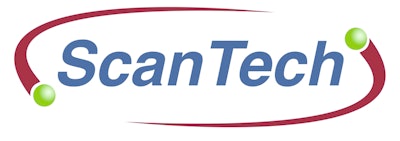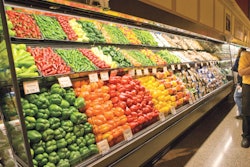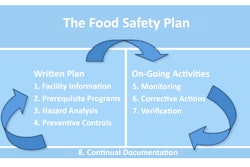
Each year, millions of people are sickened, and hundreds of thousands of people fall gravely ill or die as a result of foodborne pathogens. The world’s skyrocketing demand for food has forced leading producers into industrial farming configurations that exacerbate deadly contamination issues. Massive outbreaks of pathogens such as e.coli and salmonella have become commonplace in recent years, even in developed markets such as the United States.
In August, the U.S. Department of Agriculture (USDA) lifted a procedural barrier allowing fruits and vegetables to be treated inside the U.S. borders with a non-chemical, high-tech, post-harvest treatment that eliminates pathogens and pests. This treatment, called Electronic Cold-Pasteurization (ECP), is a non-nuclear, low-dose alternative to Gamma-based irradiation that employs a highly focused beam of electricity to eliminate 99.9 percent of foodborne pathogens. ECP facilities, and similar technologies, located at the borders and ports will increase trade to and from the U.S., and also allow the USDA, FDA, and Customs and Border Protection (CBP) more control over the safety of our food supply.
In the past, the traditional method for treating microorganisms and pests was with the use of a toxic gas, methyl bromide, which is currently being phased out for health and environmental reasons. ECP technology does not add any chemicals, leaves no residue, adds no heat to the produce, and therefore helps to provide a superior and tastier product to the consumer. The technology will also replace the problematic hot water treatment that degrades delicate fruits, and causes other concerns such as facilitating contaminant growth and deteriorating shelf life, often making it difficult to maintain traceability. ECP is the best alternative to traditional food treatment methods, and has been hailed by experts including the World Health Organization as “the most significant contribution to public to be made by food science and technology since the pasteurization of milk.”
ScanTech Sciences, a company started in Georgia Tech’s Advanced Technology Development Center, and a participating technology of the Georgia Tech Integrated Food Chain Research Center, has spent more than a decade working on the technology, and today is the world’s only provider of fully integrated ECP food treatment systems and turnkey food treatment solutions. As the recipient of a multi-million dollar grant from the State of Texas, ScanTech’s unique technology inherently offers growers, producers, packers, processors, and exporters (large and small) the potential for dramatically enhanced competitive capability.
In addition, it offers significant improvement to bottom line profitability, primarily by reducing or eliminating losses at border checkpoints due to failed inspections, and by extending the shelf-life of even the most perishable of foods by significant margins. For larger industry players, the implications of this technology on the reduction of global liability are tremendous, and for governments, the impact of adopting ECP as a new standard for food treatment represents the key to advancing food safety as a matter of domestic and international public policy.
The value proposition is augmented by the fact that this technology is incredibly safe—as safe, in fact, as operating a common household microwave. ECP is also green, using zero chemicals and considerably less energy than traditional alternatives, making ECP, and ScanTech in particular, the most effective method of treating organic foods. From a financial perspective, lower operating costs for the producer on a rate per pound of throughput offers deep transformative capability and increased margin across the full spectrum of fruits and vegetables for growers and producers that take advantage of this technology.
Working closely with the USDA, ScanTech plans to open a facility in McAllen, Texas enabling irradiation of fruits and vegetables that are crossing the border in both directions. The United States imported $8.4 billion worth of fruit and vegetables from Mexico, Central America, and South America in 2011, $7.9 billion of that directly from Mexico. There is a coordinated effort between CBP and USDA calling for a “fast pass” lane at border crossings to allow trucks to move through the checkpoint quickly if the manifest and “paperwork” shows the product crossing is to be treated at an ECP or similar type of facility. These trucks will be required to follow a specified route directly to the treatment facility, before heading to its final destination. The ScanTech facility will be the first facility built under this new rule and the first produce treatment facility that will be USDA approved, “pest free,” and ISO14470.
In order for a facility to be approved by USDA as a “pest free facility,” it has to meet strict guidelines set forth by USDA regulations. One of these requirements is a physical separation between the “untreated” side of the facility and the “treated” side to ensure prevention of cross-contamination. The facility in McAllen will be the first of its kind to keep the cold chain intact from grower to final destination, and unlike most treatment facilities, specific design plans are being made with cold chain management in mind. The facility will use state-of-the art handling and engineering systems that will be unparalleled in the industry to enable best-in-class cold chain processes.


















